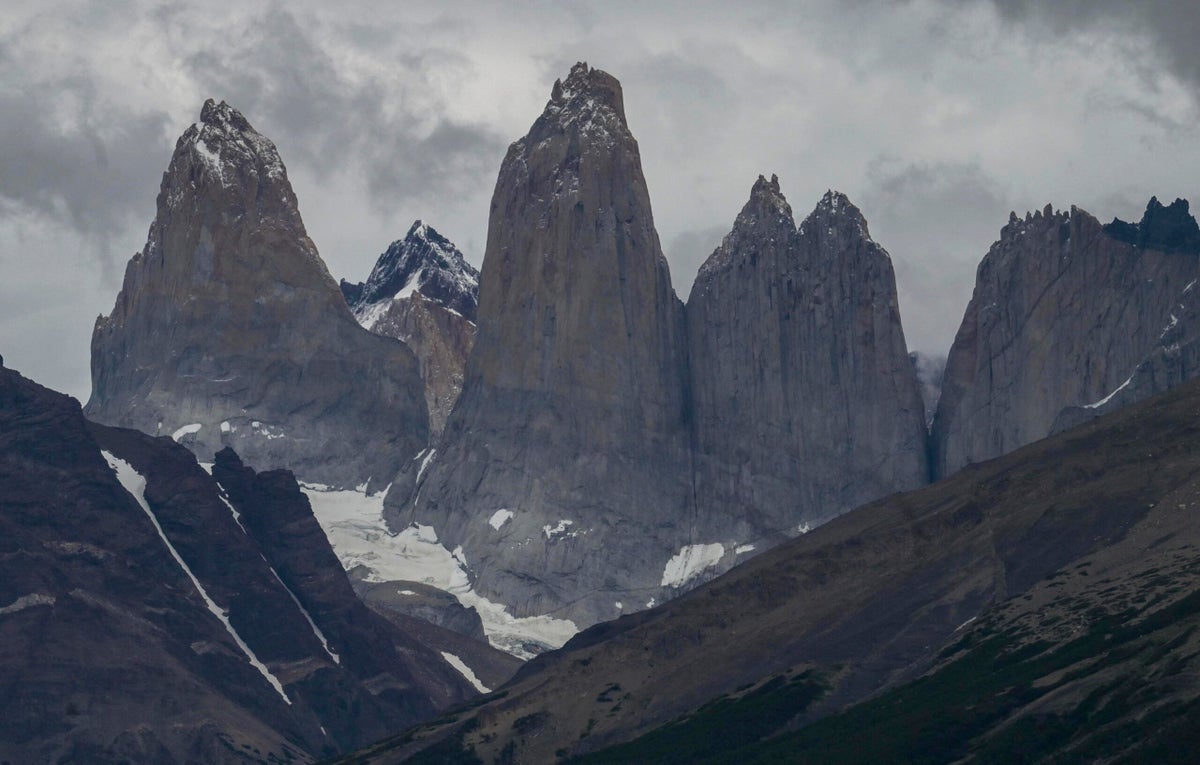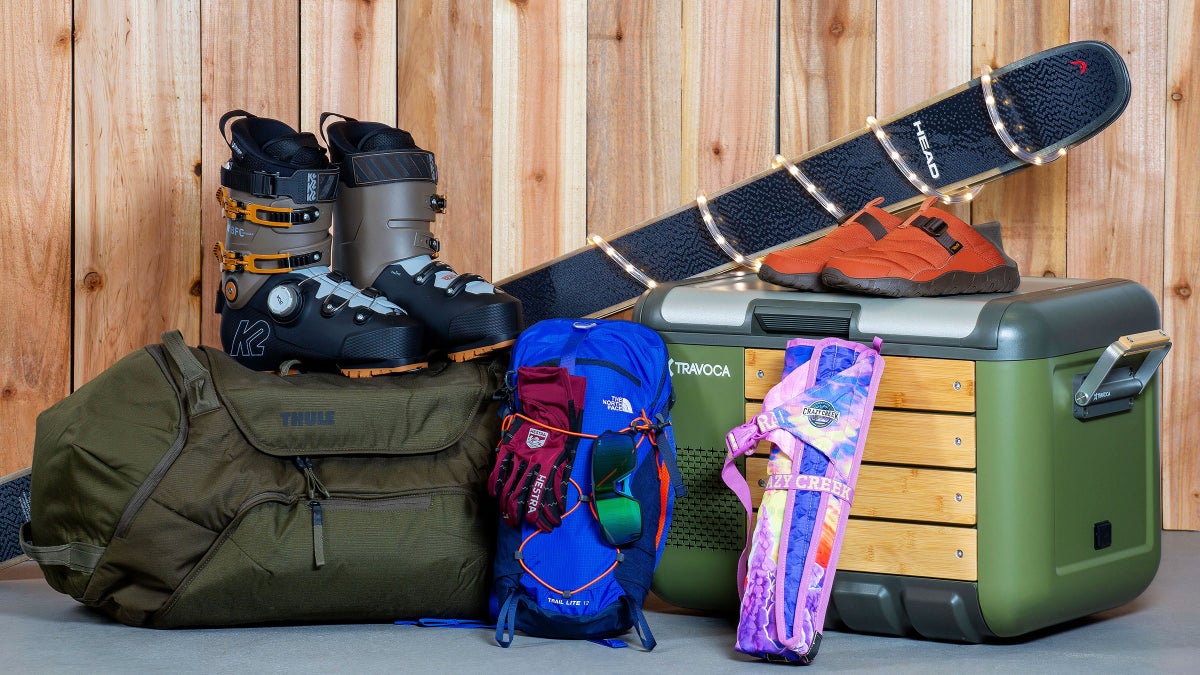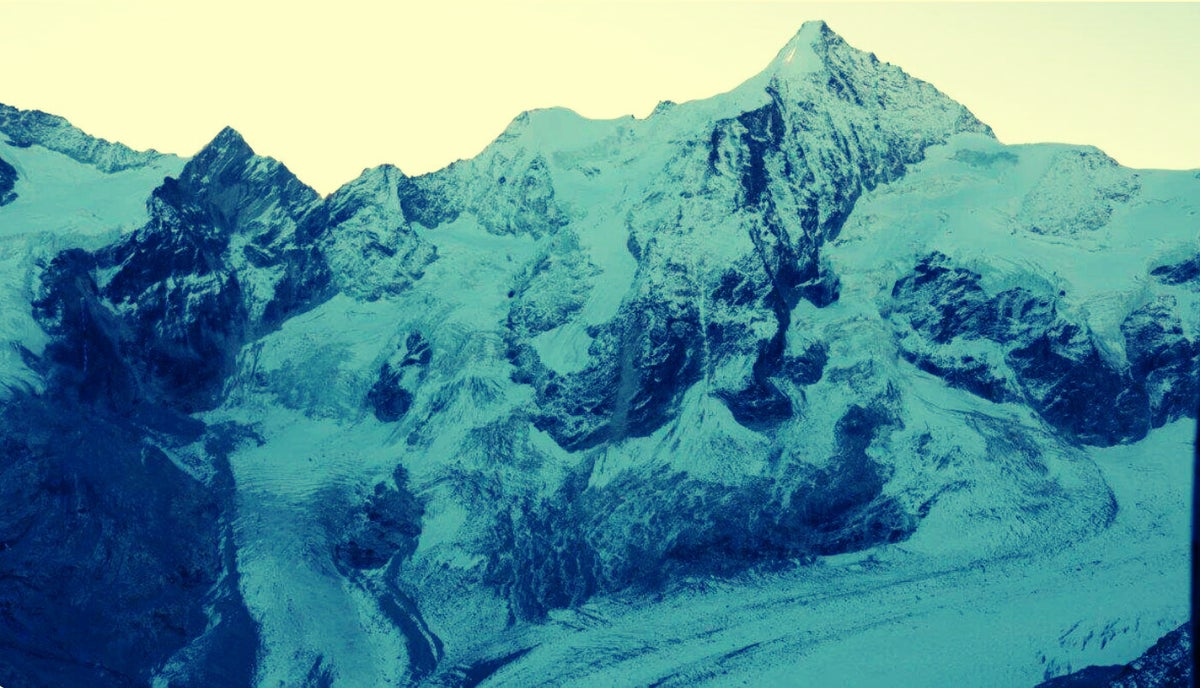
“Urgent Help Needed.” That was the message posted to Facebook on the evening of Monday, November 17 that sparked a frantic search and rescue operation in Patagonia’s Torres del Paine National Park, Chile’s most visited tourist destination.
The rescue mission was launched after a massive snowstorm dumped feet of snow on the area, trapping hikers and campers in the mountains. As of the latest reporting, five people are confirmed dead.
On November 18, authorities reached the Los Perros area of the Torres del Paine park, and were able to locate the deceased. Among them are two hikers from Mexico, a British woman, and a man and woman of German nationality, officials said. They did not release the names of the deceased.
Authorities did locate four hikers who had previously been reported missing, and all four were alive.
Tourist Em Dong wrote on Facebook that a group of hikers tackling the 8-day Paine Massif Circuit, better known as the “O Circuit,” became trapped near the John Garner Pass on November 17, when the storm hit. In addition to heavy snowfall, the storm battered the region with wind gusts of up to 120 mph—comparable to a Category 3 Hurricane.
“People were climbing the John Gardner earlier today and the weather has turned very bad,” Dong wrote from the Los Perros Camp below. “We are snowed in and people are still out on the pass. Very strong wind. They left at 6am this morning. We have sent out 20 to 25 people to rescue people who are still missing.”
John Garner is on the west side of the Paine Massif and is the highest point on the O Circuit at about 4,000ft.
Dong’s Facebook post—which was immediately shared among the local mountain community in nearby Puerto Natales— went on to describe how at least five people had not been found, while another rescued hiker was unresponsive.
“We need urgent help, climbers and rescuers are at the risk of dying based on our current situation,” Dong wrote.
Authorities were first alerted to the message around 8 P.M. Monday, and Chile’s park service, CONAF, confirmed through its official channels the disappearance of hikers in the Los Perros sector. Due to inclement conditions, however, a rescue operation couldn’t commence until Tuesday morning at dawn.
To facilitate the search efforts, CONAF announced Tuesday the closure of the O Trek from Campamento Coirón to Campamento Grey. A team of 24 rescue officials, including park rangers, police officers, military personal and an alpine rescue unit, was dispatched to the zone on foot and horseback, as the weather remained unsuitable for air operations, according Guillermo Ruiz, the presidential delegate for Chile’s southern Ultima Esperanza province.
Ruiz said in a news conference Tuesday afternoon that it would take the rescue team at least four or five hours to hike into the area from the nearest dirt road, in Dickson, which is itself at least three hours in an adapted vehicle from the nearest paved road. If the winds die down as expected on Wednesday, November 19, authorities hope to send helicopters to the scene.
November is spring in Patagonia, which is marked by highly dynamic weather patterns that can change rapidly.
“The pass, in its natural condition, is already complicated,” explained Gonzalo Fuenzalida, founder of Chile Nativo Travel, which specializes in hiking trips to Torres del Paine. “If there are blizzard conditions, it’s doubly challenging because you can easily get lost, slip, or get stuck between rocks. In fact, the majority of accidents and deaths that have happened on the O Circuit happen in this very section.”
According to local media reports, the John Garner Pass was unmanned at the time of the emergency due to a weekly shift change, leaving no park personal in the camps at Dickson or Los Perros. The Chilean prosecutor’s office has opened an investigation to find out the details of the incident.
Juan López, commercial manager of Las Torres Patagonia, which operates a hotel and campsites at Torres del Paine, says that despite the search and rescue operation, most of the park remains open. “This incident only affects a part of the O Circuit,” he said. “The more popular W Trek is currently operating as normal.”
Torres del Paine spans about 700 square miles of rugged backcountry, including towering granite spires and sub-polar forests. UNESCO declared it a World Biosphere Reserve in 1978, and it has grown into one of Patagonia’s most popular trekking destinations, luring more than a quarter of a million tourists each year. While known for its dramatic weather conditions—often experiencing four seasons in a single day—deaths of this nature are rare.
The post Deadly Storm Strikes Popular Trek in Patagonia’s Torres del Paine National Park appeared first on Outside Online.














